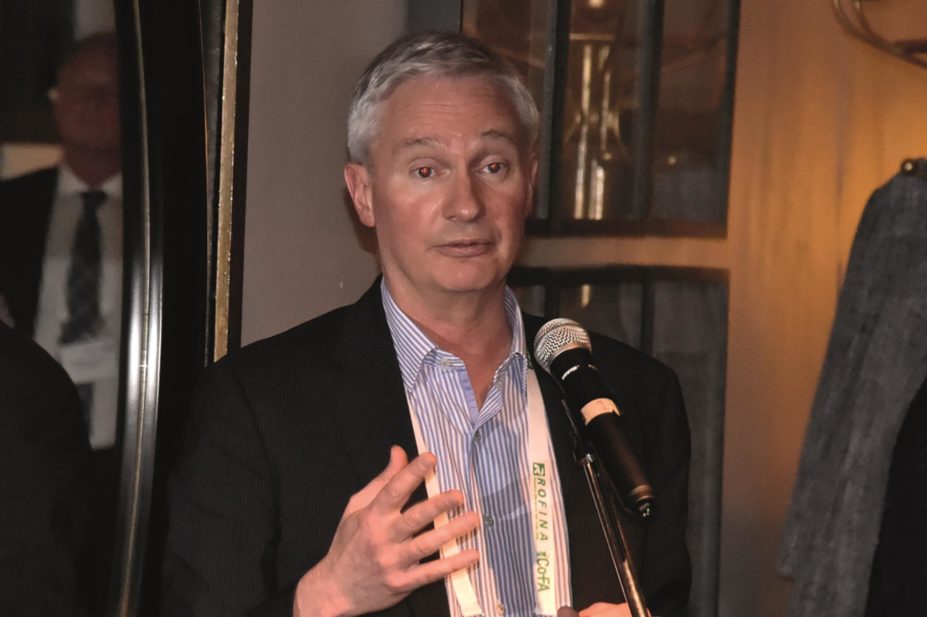
Courtesy of FIP
A set of global workforce development goals for pharmacy has been drawn up for the first time. It is hoped that the development goals will shape the future of the profession and its education and training standards worldwide.
The 13 landmark goals, which focus on education providers, professional pharmacy development and government policy, strategy and monitoring, were revealed at an International Pharmaceutical Federation (FIP) conference in Nanjing, China on 7 November 2016.
Eight years in the making, the goals will form the foundation of FIP’s workforce and education strategy. FIP has 139 global members representing national associations of pharmacists and pharmaceutical scientists worldwide, including Britain’s Royal Pharmaceutical Society (RPS). In total, it speaks on behalf of a pharmacy workforce of around 3 million.
The workforce development goals also underpin the aims of FIP’s global vision for education and workforce, which was also released at the conference in Nanjing.
Announcing the vision and development goals, William Charman, chair of FIP education, said: “With this vision and these goals we are providing an objective, and the aspiration for the journey of transforming pharmaceutical education in the context of future workforce needs, in a country-relevant manner.”
Their success, he said, was dependent on the principles being adopted by individual national organisations as well as work done by FIP through its international ties.
That view was shared by Ian Bates, author of the goals and vision and professor of pharmacy education at University College London’s school of pharmacy, who led the FIP working party that developed them. “The idea is for countries to use these goals as leverage to help them nationally, to use them as examples [for] domestic negotiation with their health ministries and labour ministries and government departments to say ‘this is what has been going on globally and we have to keep up with this’.”
Bates, who is also FIP’s director for education development and an expert advisor on education at the RPS, says the goals are relevant to Great Britain, as well as to developing countries.
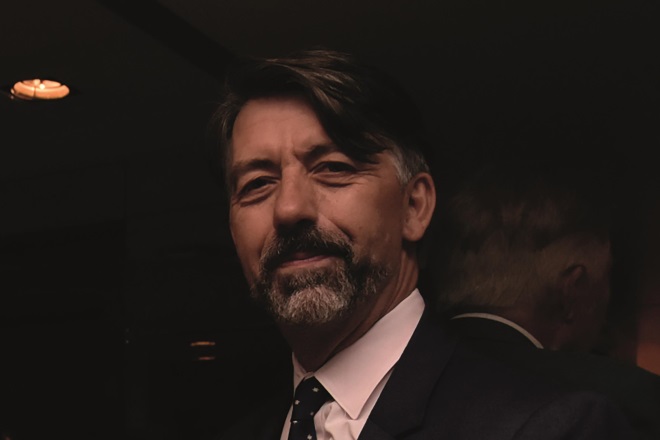
Source: Courtesy of FIP
Ian Bates says the workforce and education challenges in Great Britain are similar to those faced by other countries
“What we are facing in terms of workforce and education challenges in Great Britain isn’t very different from the challenges faced by other countries, such as Canada and Kenya. They have common problems,” he says. “While some lower income countries have huge capacity issues, other health issues are not dissimilar — they still have people with diabetes and long-term illness, so the goals do have common denominators. Great Britain is not unique.” Bates says that the main objective of the goals and the workforce and education vision is to “not train for the job but train for a flexible and capable workforce that can adapt to changing health needs”. “We have to adopt a needs-based model for workforce development,” he says.
The 13 development goals are divided into three groups. The first three goals focus on the priorities for schools, universities and other education providers. The next five goals consider professional development, including the need for leadership skills, and the remaining five spell out how workforce development should tie in with government policy, including the wider diversity agenda and the need to provide evidence to show the impact of the profession. All goals have equal status.
The vision for education and workforce aims to address variations in the education, training and development of pharmacists and pharmaceutical scientists worldwide. It seeks to give them the skills they need to help close the current global gaps in the development, distribution and responsible use of medicines.
The intention, according to the FIP document, is to create a workforce that is “adaptable, flexible and constantly developed”.
“It will need to be scientifically literate, holistic and patient focused,” it adds. “Our education and training approach to getting the best from our workforce requires a focus on patient-centred professionalism, better healthcare partnerships both globally and regionally, and good clinical and scientific leadership.”
The development goals and the workforce vision were welcomed by the RPS. Catherine Duggan, its director of development and professional support, notes the global alignment between RPS policy and development innovation: “Global and national leadership bodies seem in agreement with the wider workforce imperatives, so there is a direct link with the workforce development goals and RPS and UK/GB workforce.
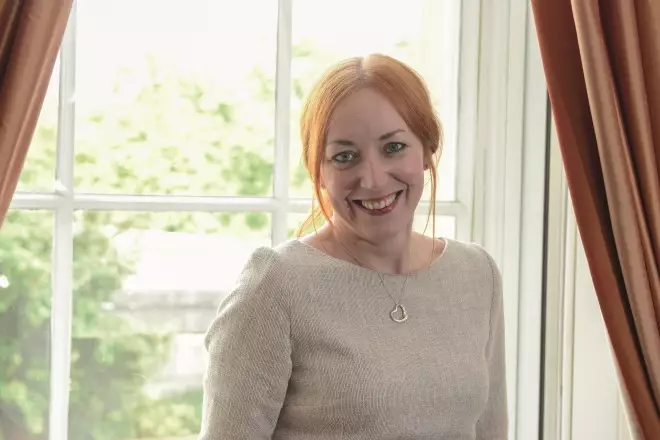
Source: Simon Wright Photography / The Pharmaceutical Journal
Catherine Duggan, director of development and professional support at the RPS, describes the development goals as a “springboard for immediate workforce planning”
“We have articulated much of this in our 2015 workforce vision and this year, through our recently published Roadmap.
“We must not duplicate work, so here is a springboard for immediate workforce planning. The RPS now has a chance to use our unique role to lead for the profession across all sectors across all disciplines, without any vested interest in this arena but for the benefits of patients and the public.”
Now that the goals have been published, the next step is to work on developing the structures and framework to support their implementation, Bates says. “This isn’t the end — it is just the beginning.”
You may also be interested in
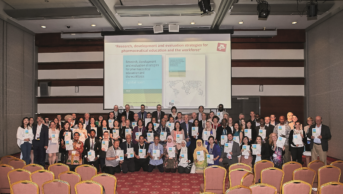
FIP report highlights work by RPS and GPhC on workforce development
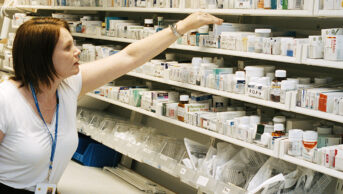
Medicines shortages and slow approvals put ‘significant burden’ on pharmacists, says report
